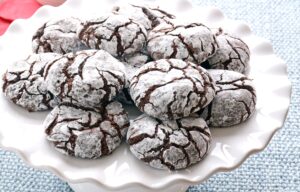



We’ve been working here in the Panhandle Test Kitchen to provide such a rustic bread formula. In our efforts, we wanted to construct a formulation that would be both practical and flavorful. It would deliver all the depth of an excellent European-style hearth bread, with the production speed that would still allow for a low labor cost and food cost. We think this will do the trick. Using a Biga Pre-ferment is ideal for delivering the delightful tastes and textures one would expect in good artisan bread. It also allows for the long fermentation associated with that flavor while still allowing the fridge’s space for other essentials for your menu. The pre-ferment has a shelf life of up to two weeks and can be kept alive for several years if you treat it right. We’re sure you’re going to make a new friend…literally. Name your pre-ferment, “George.” Feed him. Make him your friend. George is a keeper.


For your convenience, we’re also including a home version of this fantastic bread!
4 cups biga-style pre-ferment (recipe below)
3 ½ cups Panhandle Milling Bread Flour
2 Tbsp. Sugar
2 tsp. salt
½ tsp yeast
1 ½ cups water
2 Tbsp. oil
3 ½ cups Panhandle Milling Bread Flour
1 ¼ cup water
2 tsp yeast